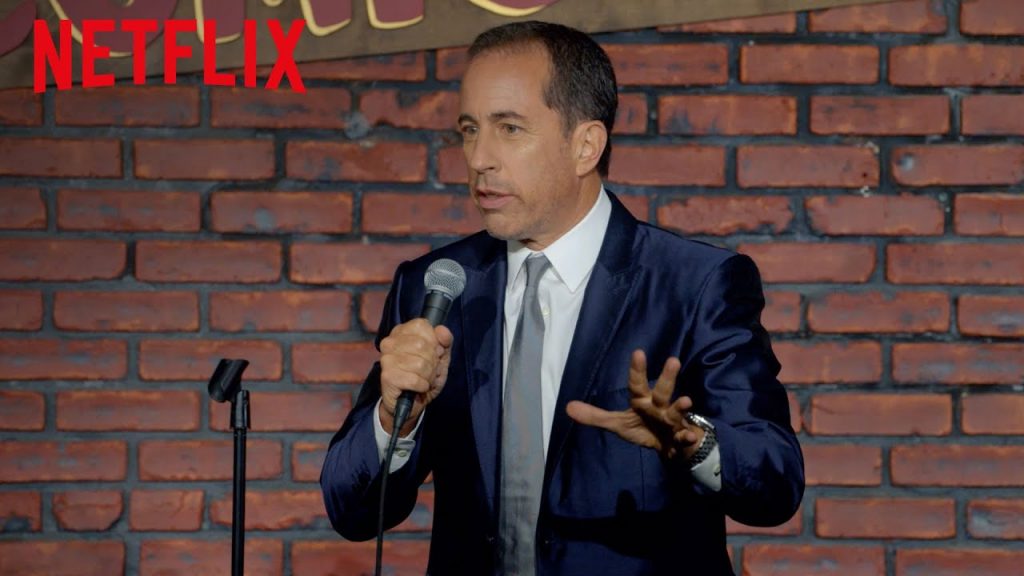Not to be confused with my Fine, Let’s Talk about Trump post.
I’ve held off on writing about this one for quite a while now. That doesn’t mean I haven’t been reading/listening up on the topic. Cryptocurrency has taken the financial world by storm and it’s THE topic of the day. If you haven’t heard of it then I salute you, because I, too, would love to live in the mountains with zero contact from the outside world. That said, people hire me to tell them what to do with their money so it’s my obligation to be in the know about what does or doesn’t make sense for their portfolios. Most is garbage to be sidestepped (hint, hint).
Let’s just cut to the chase: The real question of the day is “Should you buy Bitcoin?” Or, maybe a diversified portfolio of cryptoassets?
Maybe. But it’s an answer dictated by your own personal finances, not whether someone like me says it’s an attractive “investment.” Have a look at these questions:
- Do you have a fully stocked emergency fund?
- Are you saving enough to fully fund retirement by your desired retirement age?
- Are your insurance needs being met?
- Has your brain been infected with FOMO?
- Have you run out of paper currency in your own personal money-burning pit in the backyard?
If the answer to each and every one of these questions is “YES,” then go right ahead. GO BIT-CRAZY with some of your discretionary income if you so please.
The point here is that you should expect to earn absolutely nothing from something that has no cash-flows, no proven track record of being a cost-effective medium for exchange, has MASSIVE volatility (how much it moves up and down), is wildly popular on your social media platform of choice and its success is effectively based on more people buying after you. This is why I say you “expense it” if you insist on jumping in. Treat it like a movie ticket if you do pull the trigger. Buy as much as you’d take out of the ATM for a night of blackjack. It’s entertainment. If you end up making a couple bucks then that’s great. But please, for the love of Satoshi Nakomoto, please don’t treat it like a balance sheet item, where you allocate a meaningful percentage of your net worth (and your attention) to. Trust me when I say that you are likely not able to handle the ups and downs of allocating a lot of money to something like Bitcoin.
Let’s quote Luke Skywalker:



